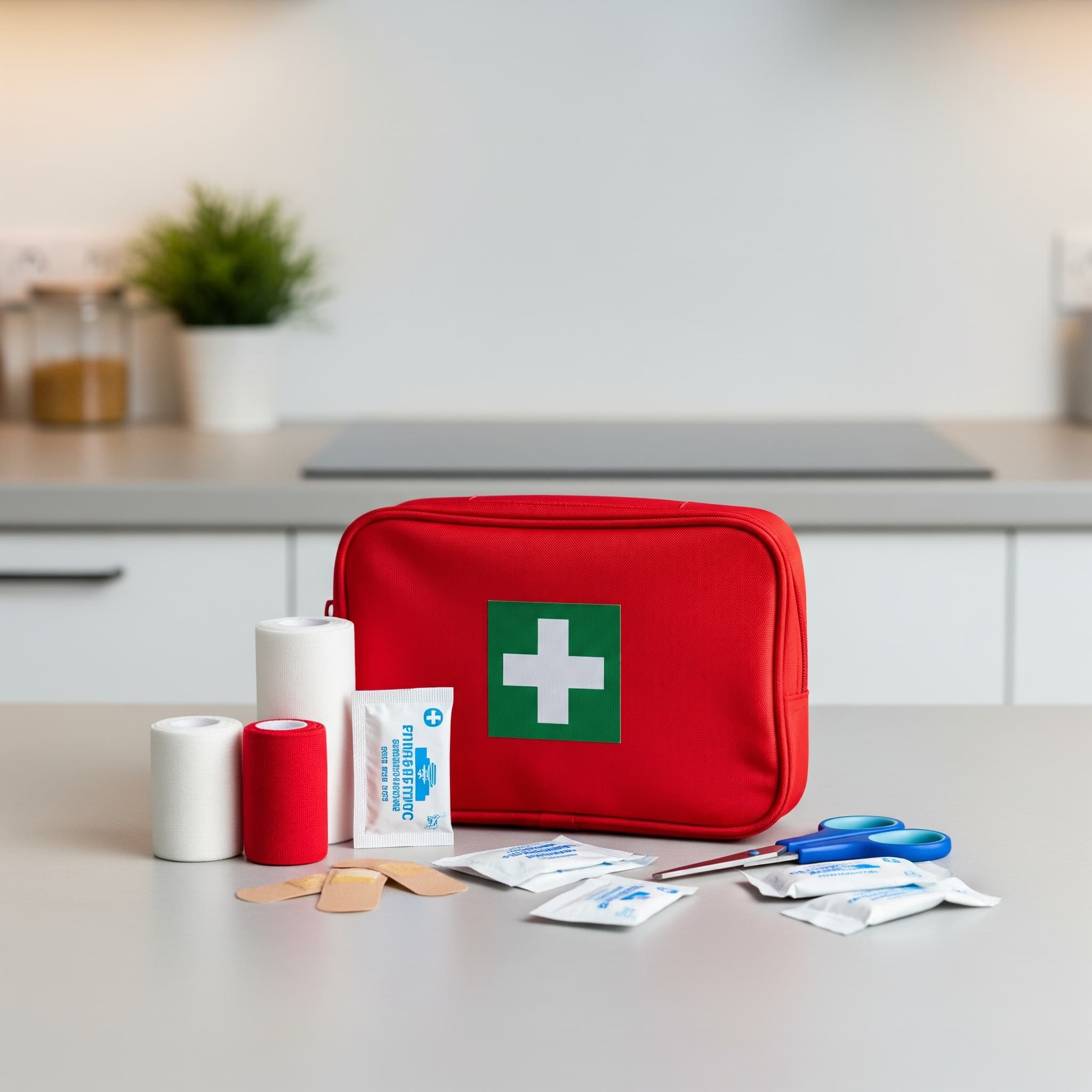A thermometer is one of the most important items in a family caregiver's first-aid kit. The ability to take quick and accurate temperature readings can alert you to a fever, and help you determine what steps to take next.
There are so many different thermometers out there, making a decision that's right for you and your family can be challenging. To assist you in the process, we've curated this list of the best thermometers for adults and kids. In it, we discuss the types of thermometers, their pros and cons, and what to consider before making a purchase.
Thermometers: Understanding the Different Types
There are several different types of thermometers, including digital thermometers, digital ear thermometers, oral thermometers, rectal thermometers, and forehead thermometers.
Digital thermometer
Digital ear thermometer
Oral thermometer
Rectal thermometer
Forehead thermometer
Digital thermometer.
Digital thermometers use heat sensors to collect temperature readings. These thermometers require direct contact with a certain part of the body, like the mouth, rectum, or armpit. Some digital thermometers are also smart thermometers. Smart thermometers pair with a smartphone or tablet through an app, allowing you to collect and analyze readings over time.
Digital ear thermometer
These thermometers use infrared technology to measure the temperature of the ear canal. Readings collected by ear thermometers are typically 0.5-1 degree Fahrenheit higher than those collected digitally.
Pros: Fast, accurate, and ideal for patients who have trouble sitting still, like infants and children.
Cons: You need to hold the thermometer in a specific position to get an accurate reading. Obstructions in the ear canal, like earwax build-up, can affect the results.
Oral thermometer.
You place this type of thermometer under your care recipient's tongue. Traditionally, these used mercury; modern versions rely on digital sensors.
Pros: These thermometers are easy to use and accurate.
Cons: Temperature readings can vary based on the user's mouth temperature. Therefore, it's important to wait at least 15 minutes after drinks or meals to ensure temperature accuracy. Additionally, users must hold the thermometer under their tongue and sit still.
Rectal thermometer.
A rectal thermometer is a type of digital thermometer.
Pros: Accurate and easy to use.
Cons: Can be uncomfortable for infants, young children, and adults with hemorrhoids.
Forehead thermometer.
Forehead thermometers use infrared sensors to take the temperature of the superficial temporal artery –– an extension of the carotid artery. These thermometers don't require any contact, so they're often used in public settings, like airports, stadiums, and museums.
Pros: These thermometers provide readings in under 10 seconds. They're safe for people of all ages, from infants to senior citizens.
Cons: External factors like the wind or direct sunlight can affect results. You must follow the manufacturer's instructions to ensure precise readings.
What factors should I consider when purchasing a thermometer?
There are several factors you should consider when purchasing a thermometer, including:
1) Who's going to use it?
Do you care for an adult or a child? What is their health like? Are they able to sit still? By answering these questions, you can narrow down the selection.
2) How often do you plan on using it?
If you need to take your care recipient's temperature regularly, it's important to have a thermometer that's as easy to use as it is reliable.
3) How important is accuracy?
If your care recipient has an underlying medical condition that requires monitoring of their body temperature, accuracy means everything. Take time to do your research.
4) User reviews
Savvy caretakers know that user reviews provide invaluable insights. Take the time to read the pros and cons of each thermometer before you pull the trigger.
Carewell's Best-Selling Thermometers for Adults and Kids
Now that you know a little bit more about the different types of thermometers and what to consider, let's take a closer look at some of our best-sellers. To be clear, this list isn't in any particular order. We're big fans of all the products and can't speak highly enough of them.
Each of these thermometers comes with free 1-2 day shipping on orders of $49+.
We're here to answer your questions about thermometers!
Choosing the right thermometer isn't always easy –– we get it! If you have any questions or need help making the right decision, don't hesitate to contact our friendly Care Specialists.
Each specialist has a deep understanding of the brands we carry. After gathering some basic information, they can make a recommendation that aligns with your budget and needs. To get in touch, call (800) 696-CARE or send an email to support@carewell.com.



